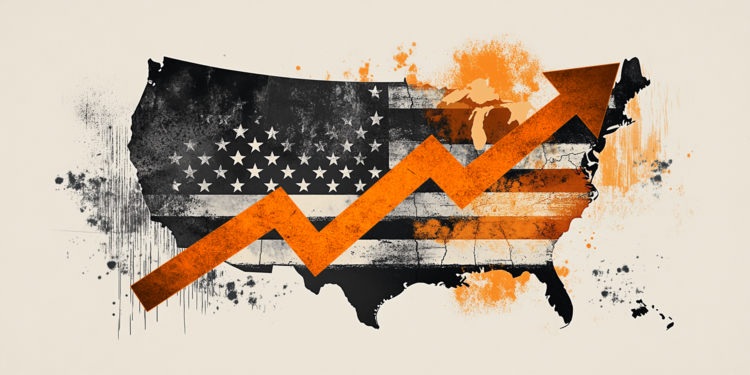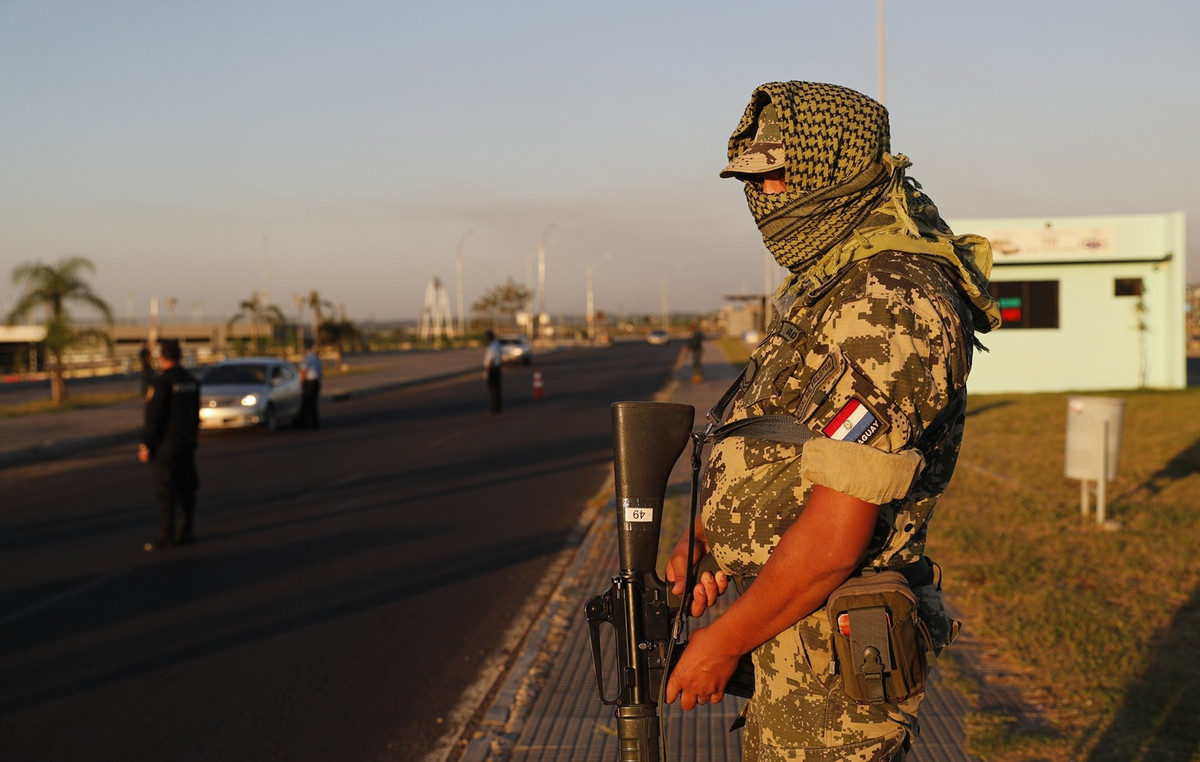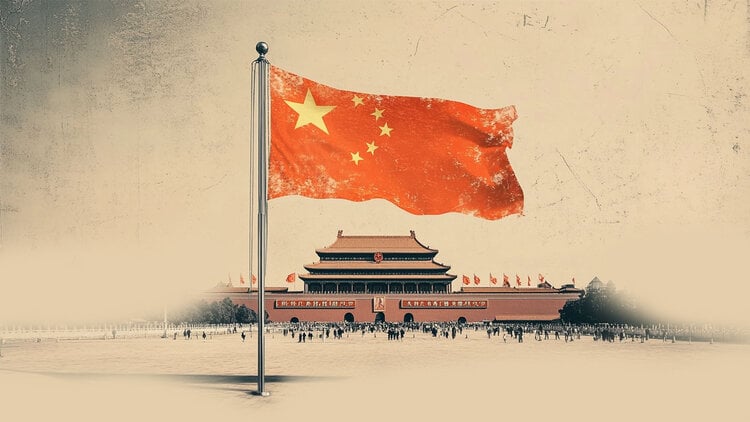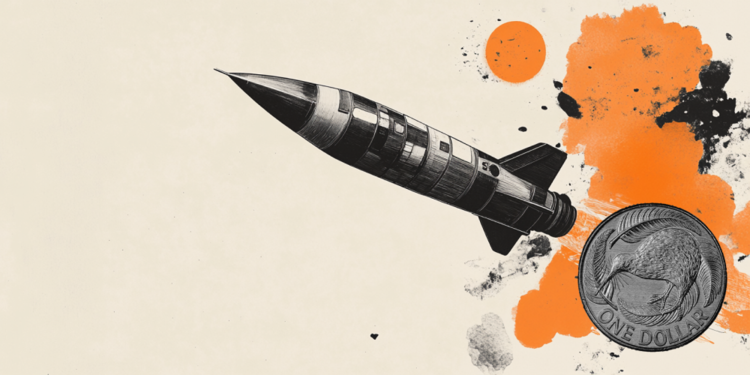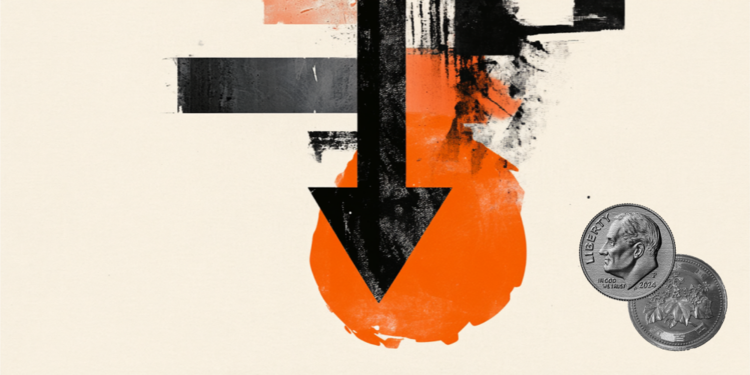The Brazilian real records losses on Monday after arriving on Friday at a new maximum of two months.
The USD/BRL has started the first week of February going up from a minimum of the day in 5,8410 to a maximum of two days in 5,8951.
At the opening of the American session, the USD/BRL quotes over 5,8859, winning 0.77% in what we have been working on.
Brazil’s manufacturing PMI rises to 50.7 in January
- This Monday the manufacturing PMI of Brazil has been published, showing a rise of 3 tenths in January to 50.7, its highest level in two months. According to the Global S&P statement, there is a new intensification of cost pressures, and the increase in sales is the slowest in more than a year. Companies point out a stagnation of factories production in January.
- Brazil will publish other relevant data this week, such as the December industrial production Wednesday and the trade balance of January on Friday.
- The dollar gains ground this Monday compared to almost all its counterparts, raised by the risk aversion climate in the start of the United States tariffs to Mexico, Canada and China.
US dollar FAQS
The US dollar (USD) is the official currency of the United States of America, and the “de facto” currency of a significant number of other countries where it is in circulation along with local tickets. According to data from 2022, it is the most negotiated currency in the world, with more than 88% of all global currency change operations, which is equivalent to an average of 6.6 billion dollars in daily transactions. After World War II, the USD took over the pound sterling as a world reserve currency.
The most important individual factor that influences the value of the US dollar is monetary policy, which is determined by the Federal Reserve (FED). The Fed has two mandates: to achieve price stability (control inflation) and promote full employment. Its main tool to achieve these two objectives is to adjust interest rates. When prices rise too quickly and inflation exceeds the 2% objective set by the Fed, it rises the types, which favors the price of the dollar. When inflation falls below 2% or the unemployment rate is too high, the Fed can lower interest rates, which weighs on the dollar.
In extreme situations, the Federal Reserve can also print more dollars and promulgate quantitative flexibility (QE). The QE is the process by which the Fed substantially increases the flow of credit in a stuck financial system. It is an unconventional policy measure that is used when the credit has been exhausted because banks do not lend each other (for fear of the default of the counterparts). It is the last resort when it is unlikely that a simple decrease in interest rates will achieve the necessary result. It was the weapon chosen by the Fed to combat the contraction of the credit that occurred during the great financial crisis of 2008. It is that the Fed prints more dollars and uses them to buy bonds of the US government, mainly of financial institutions. Which usually leads to a weakening of the US dollar.
The quantitative hardening (QT) is the reverse process for which the Federal Reserve stops buying bonds from financial institutions and does not reinvote the capital of the wallet values that overcome in new purchases. It is usually positive for the US dollar.
Source: Fx Street
I am Joshua Winder, a senior-level journalist and editor at World Stock Market. I specialize in covering news related to the stock market and economic trends. With more than 8 years of experience in this field, I have become an expert in financial reporting.

